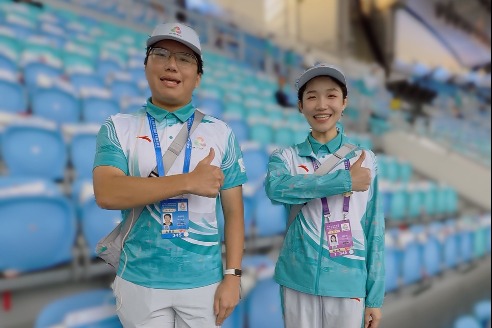Beijing opens extreme-condition research facility


Many Nobel Prize-winning breakthroughs in recent decades, such as the integer quantum Hall effect (1985 Nobel Prize in Physics) and high-temperature superconductors (1987 Nobel Prize in Physics), were achieved under extreme laboratory conditions.
These foundational discoveries later evolved into transformative technologies such as maglev trains, femtosecond laser eye surgery, satellite telescopes and quantum chips.
"Developed nations such as the United States, European countries and Japan have heavily invested in extreme-condition research. The completion of the SECUF significantly enhances our nation's capabilities in materials science and related fields, playing a pivotal role in advancing technological progress," said Cheng Jinguang, deputy director of the Institute of Physics.
- Astronauts' return mission proceeds smoothly
- Xi congratulates Connolly on assuming Irish presidency
- GBA goes from bold blueprint to living reality
- Chinese scholar honored with Russia's 'Labors Reward' medal at Kremlin
- Section of national highway collapses in Sichuan
- Exhibition highlights historical and cultural roots of Guangdong, Hong Kong, Macao





































